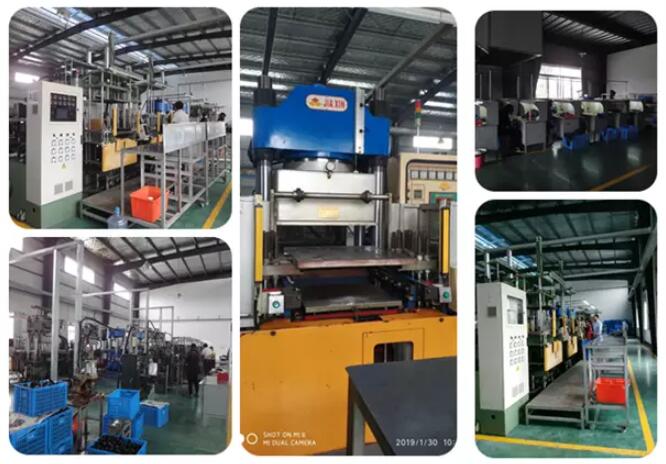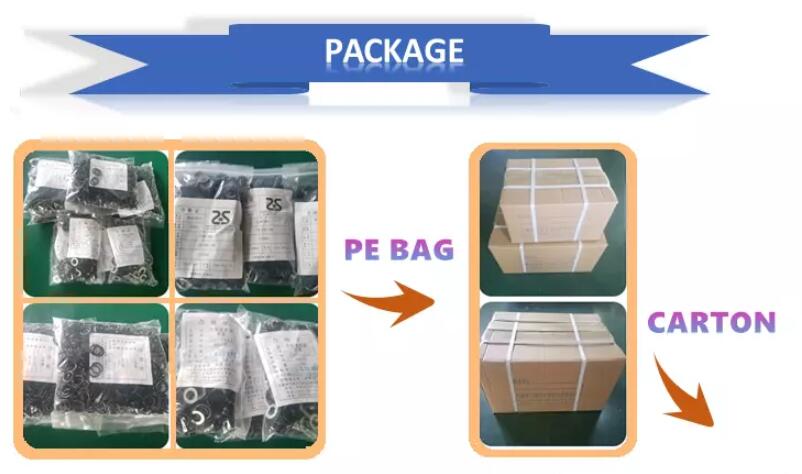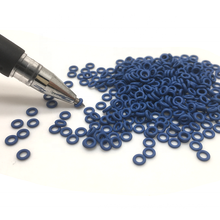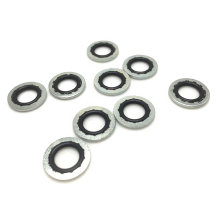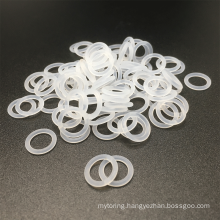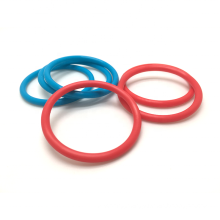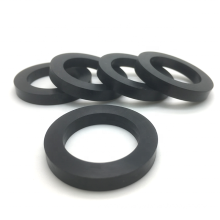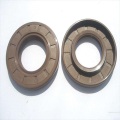What's the Difference Viton Seals vs EPDM Seals
Product Description
What's the Difference Viton Seals vs EPDM Seals
What's the Difference Viton Seals vs EPDM Seals?
Despite seeming like a small detail, a valve's O-ring material is very important. The material can dictate the temperature tolerance of a EPDM Seal.It can also give the seal certain chemical resistances, with some types of rubber being compatible with difference fluids. Two common materials for true union ball valves are Viton and EPDM.
Viton (shown in image on the right) is a synthetic rubber with a high chemical and temperature resistance. EPDM Rubber Seals are made of ethylene propylene diene monomer, have its own set of properties that make EPDM Rubber Oil Seals an extremely popular O-ring material.When comparing Viton Seals vs EPDM Seals, several factors must be considered: temperature tolerance, chemical compatibility, and cost.

Standard O-Ring Material Applications
We offer the following six standard rubber materials in a range of durometer hardnesses to satisfy practically any service condition:
Viton / FKM O-Ring: Fluorocarbon exhibits exceptional resistance to chemicals, oils, temperature extremes (-13°F to +446°F), low compression set, low gas permeability and excellent aging characteristics. Applications include: aircraft engines, automotive fuel handling systems, and chemical processing industries. FKM is also suitable for high vacuum applications. It is not recommended for exposure to ketones, alkalis, and Skydrol? fluids. Custom compounds are available with improved chemical and low temperature resistance.
Nitrile / NBR O-Ring: Nitrile (Buna-N) is the most widely used elastomer due to its excellent resistance to petroleum products, operating temperature range (-40°F to +257°F) and one of the best performance-to-cost values. It's an ideal material for aerospace, automotive, propane and natural gas applications. Special Hydrogenated Nitrile (HNBR) compounds can improve resistance to direct ozone, sunlight, and weather exposure while increasing temperature range to +300°F.
Ethylene-Propylene / EPDM O-Ring: EPDM has outstanding resistance to heat, water and steam, alkali, mild acidic and oxygenated solvents, ozone, and sunlight (-40oF to +275oF); but it is not recommended for gasoline, petroleum oil and grease, and hydrocarbon environments. This popular rubber compound is usually the first choice for low torque drive belt applications.
Fluorosilicone / FVMQ O-Ring: Fluorosilicone (-75o to +400oF) combines the good high and low temperature stability of silicones with the fuel, oil, and solvent resistance of fluorocarbons. FVMQ is unparalleled for aerospace fuel systems, auto fuel emission control systems and to meet or exceed government, military, aerospace, automotive, industrial and commercial specifications. However, due to relatively low tear strength, high friction and limited abrasion resistance of these materials, they are generally not used in dynamic applications. They are also not recommended for exposure to brake fluids, hydrazine, or ketones.
Silicone / VMQ O-Ring: In the Silicone family, you will find compounds which are superior AS static seals in extreme temperature conditions. Standard compounds handle operating temperatures -85o to +400oF. Silicone compounds are popular in food and medical applications because they are very clean and do not impart odor or taste. Special Phenyl silicones can be used down to -148°F.
Neoprene / CR O-Ring: Neoprene (-40o to +250oF) is reasonably priced and features good resistance to petroleum oils, ozone, sunlight and oxygen aging, relatively low compression set, good resilience and outstanding physical toughness.
FAQ:
Q: Can you produce as my drawing?
A: Yes, we can produce based on your drawing or sizes.
Q: How long is your delivery time?
A: Generally it is 1-2 days if the goods are in stock. or it is 10-15 days if the goods are not in stock, it is according to quantity.
Q: Do you provide samples ? is it free or extra ?
A: Yes, we could offer the sample for free charge but you need to pay the cost of freight.
Q: What express do you use to send the samples?
A: We usually ship samples by DHL, TNT, FEDEX and UPS. It usually takes 3-5 days to arrive.
Factory show
